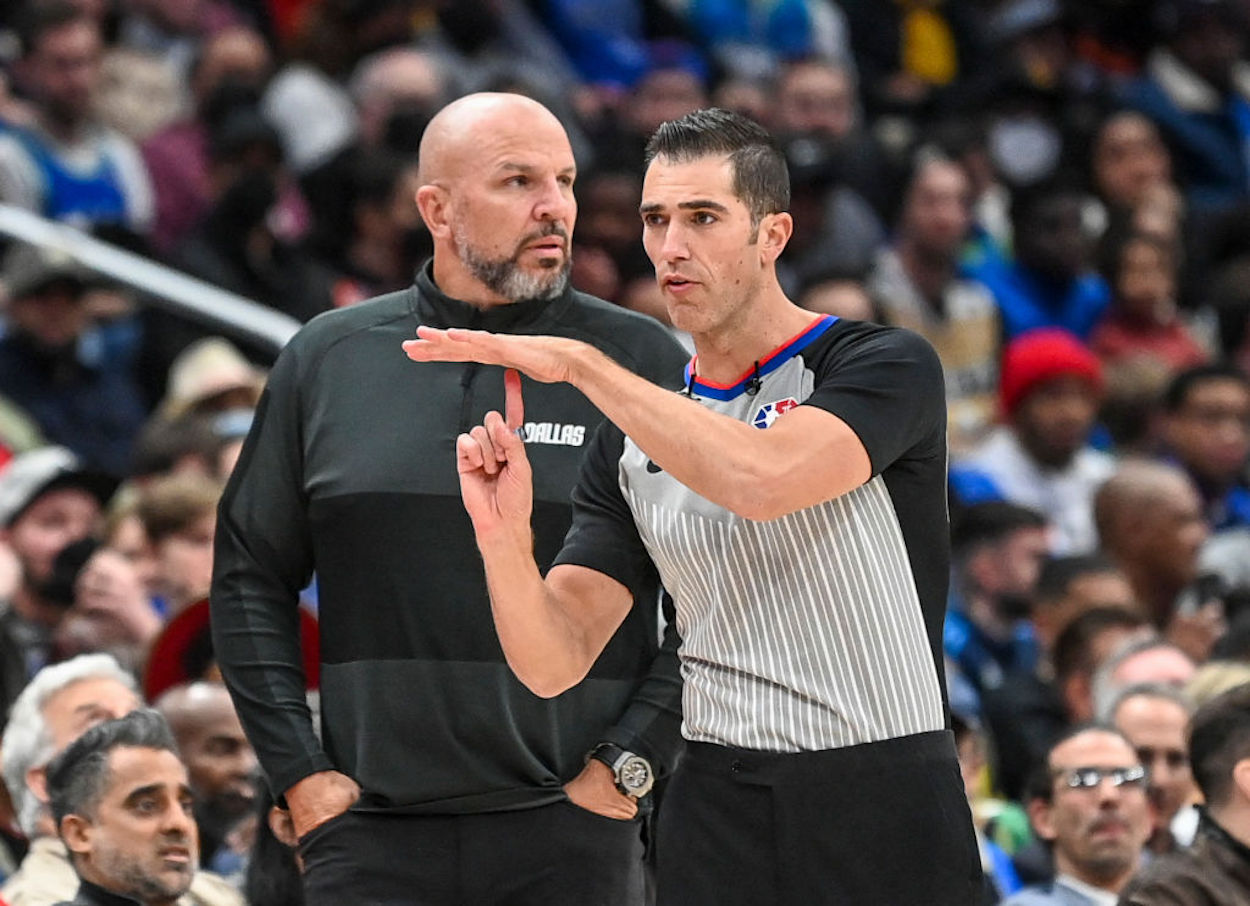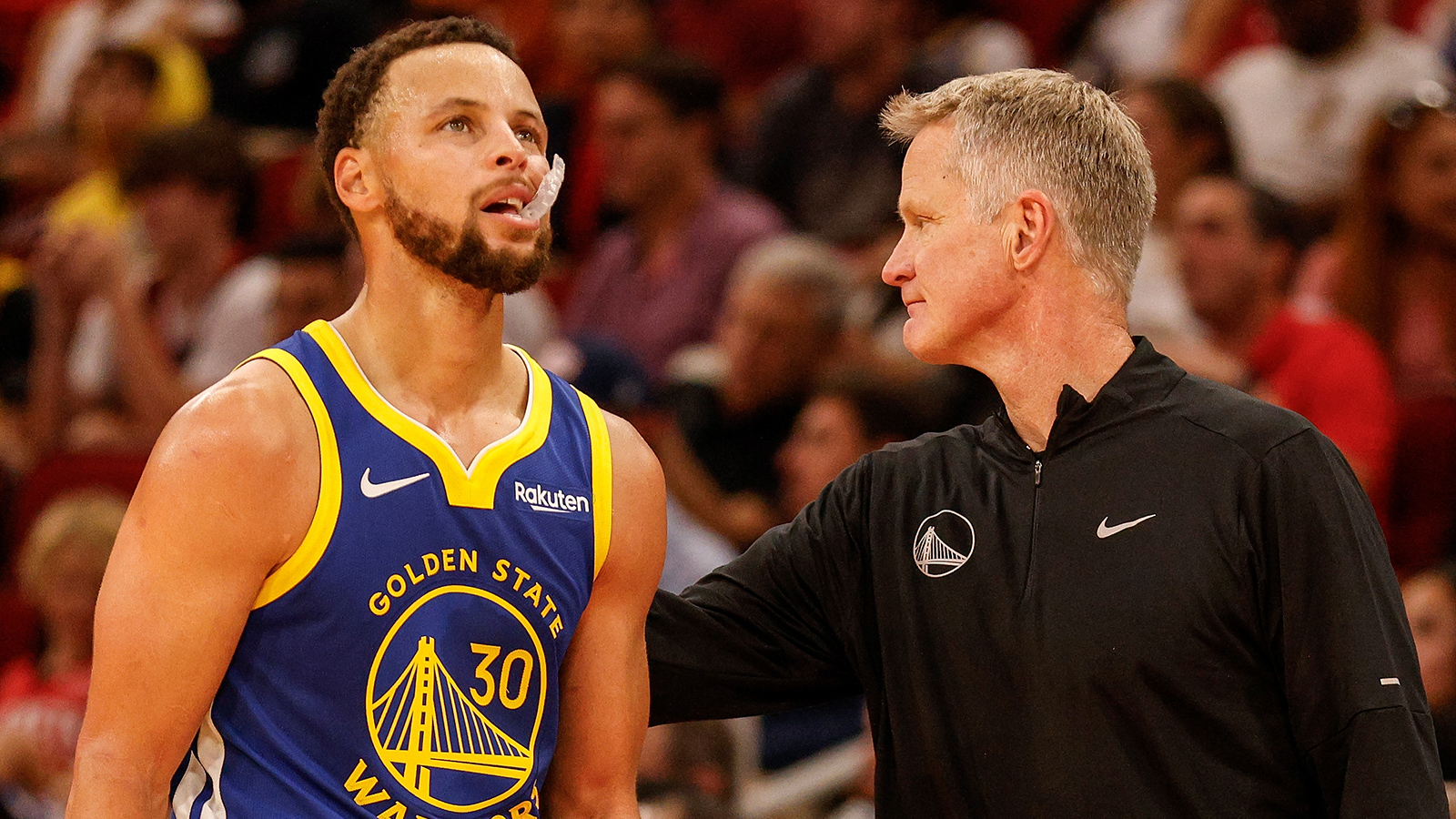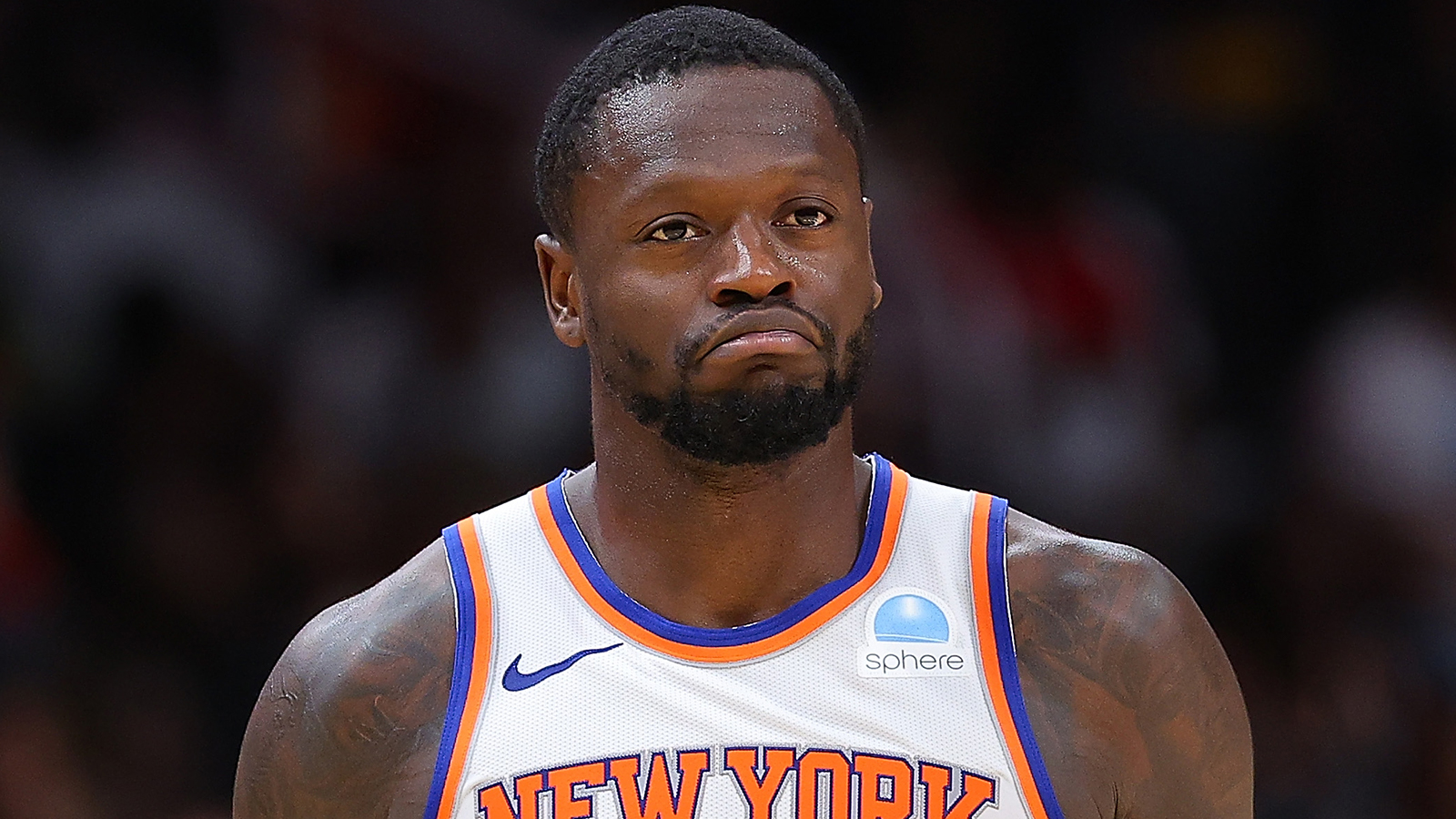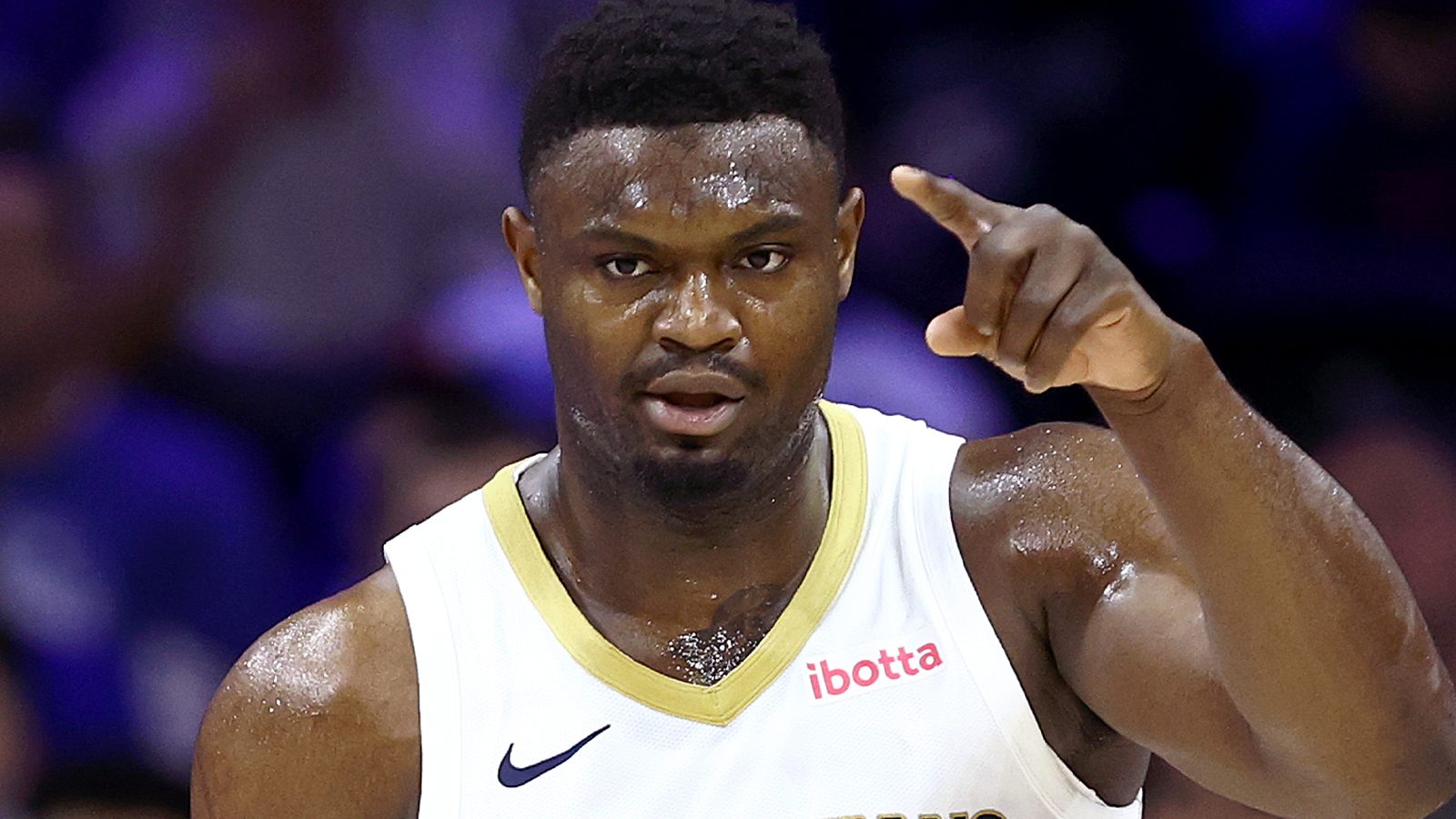
What’s the Difference Between a Technical Foul, a Flagrant 1, and a Flagrant 2?
While things may vary around the sports world, every rule book contains some penalty for violations. For basketball, referees usually default to common fouls; players can commit five or six of those (depending on the level of play) before being ejected from the game. There are also technical fouls, which are usually reserved for unsporting behavior.
Then, there are flagrant fouls. While the dictionary can provide some insight there — flagrant means conspicuously or obviously offensive — things aren’t exactly cut and dry. If you’ve been watching the NBA Playoffs, you’ve probably become accustomed to the officials heading over to the scorer’s table to determine what level of flagrant foul was committed.
Technical fouls, Flagrant 1s, and Flagrant 2s might sound nonsensical, but, as you might expect, everything’s spelled out in the NBA rulebook. Let’s break down the differences.
A technical foul is generally given for some form of unsporting behavior
Of the non-standard types of basketball fouls, technical fouls are the most straightforward. While they can sometimes be given for physical offenses, they’re generally used to maintain order on the court.
In the NBA rulebook, the section discussing technical fouls is further broken down into six different offenses. A technical can be issued for “excessive time outs” (trying to call a time out when you don’t have any remaining, ala Chris Webber), “delay of game” offenses, like interfering with the restart of play (after a warning is given), having the improper number of players on the court, or hanging from the basket, net, rim, or backboard.
Most of those situations, however, rarely happen. You’ll occasionally hear a delay of game warning, but things usually don’t escalate to a technical foul.
Then we reach “conduct” violations, which are the most common cause for a player or coach being T’d up. The rule says that ” A technical foul(s) may be assessed to any player on the court or anyone seated on the bench for conduct which, in the opinion of an official, is detrimental to the game.” Things like “disrespectfully addressing an official” or “overt actions indicating resentment to a call or no-call” are provided as specific examples of things that cross the line, but referees largely have carte blanche to hand out technicals as they deem it necessary to maintain order.
Lastly, technical fouls can be assessed for fighting. In that case, the offender is immediately ejected from the game.
What is the difference between a Flagrant 1 and a Flagrant 2?
Flagrant fouls are the next step up the disciplinary chain. While technicals are handed out for things that violate the spirit of the game, a flagrant usually means a player committed a physical act that is more extreme than a common foul.
In the NBA rulebook, there are six specific criteria laid out for a flagrant foul. They are:
1) The severity of the contact;
2) Whether or not the player was making a legitimate basketball play (e.g., whether a player is making a legitimate effort to block a shot; note, however, that a foul committed during a block attempt can still be considered flagrant if other criteria are present, such as recklessness and hard contact to the head);
3) Whether, on a foul committed with a player’s arm or hand, the fouling player wound up and/or followed through after making contact;
4) The potential for injury resulting from contact (e.g., a blow to the head and a foul committed while a player is in a vulnerable position);
5) The severity of any injury suffered by the offended player; and
6) The outcome of the contact (e.g., whether it led to an altercation).
NBA Rulebook,
So now, let’s say we’ve concluded that a player did commit a flagrant foul. The next step is to determine whether it was a Flagrant Foul – Penalty 1 or a Flagrant Foul – Penalty 2.
So what’s the difference between those two? In terms of the player’s action, a Flagrant 1 is given for “unnecessary contact,” while a Flagrant 2 is handed out for “unnecessary and excessive contact.”
The violations also carry different penalties. A Flagrant 1 awards the opposition two foul shots and the ball; a Flagrant 2 ejects the offender and gives the opposition two free throws plus possession.
While that knowledge won’t make the ongoing video reviews any less tedious, at least you’ll have some insight into what the referees are theoretically looking for when they head to the monitor.
Like Sportscasting on Facebook. Follow us on Twitter @sportscasting19 and subscribe to our YouTube channel.



